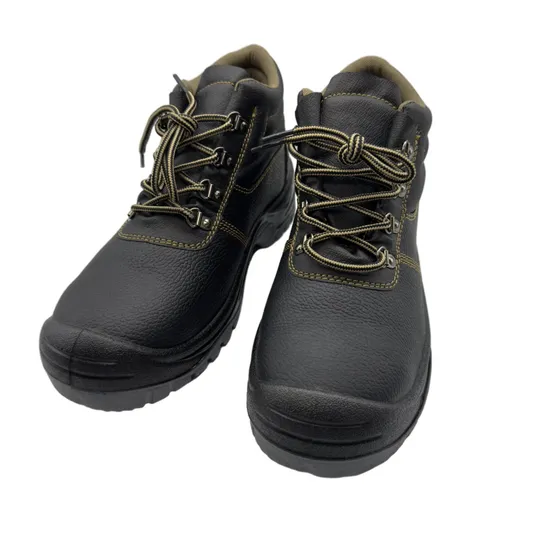
Austria’s footwear market thrives on premium quality, innovative design, and a strong emphasis on sustainability, making it a strategic destination for Chinese footwear manufacturers. With its thriving e-commerce sector and growing demand for durable, eco-conscious products, Austria offers immense opportunities for wholesale buyers and retailers. This guide covers compliance requirements, logistics strategies, and market insights tailored for international buyers targeting Austria.
—
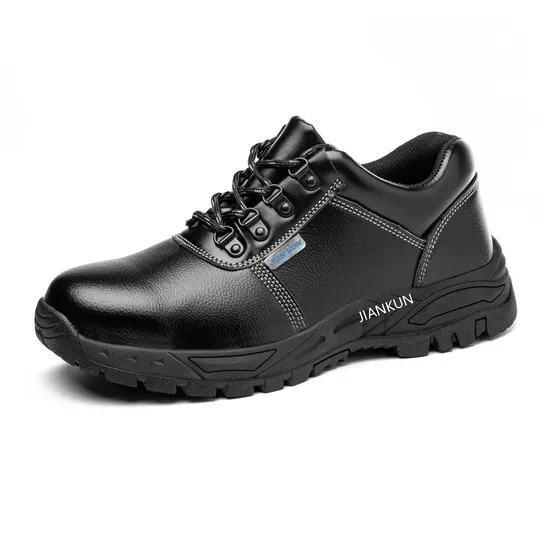
Why Import Shoes from China to Austria?
1. Cost Competitiveness: Chinese manufacturers produce high-quality footwear at prices 30–45% lower than EU-based suppliers, ideal for Austria’s competitive retail market.
2. Sustainability Alignment: Many Chinese factories prioritize eco-friendly materials (e.g., recycled polyester, water-based dyes), aligning with Austria’s strict environmental regulations and consumer preferences.
3. Market Growth: Austria’s footwear imports rose by 8% in 2023, driven by e-commerce expansion and demand for versatile, seasonal designs.
—
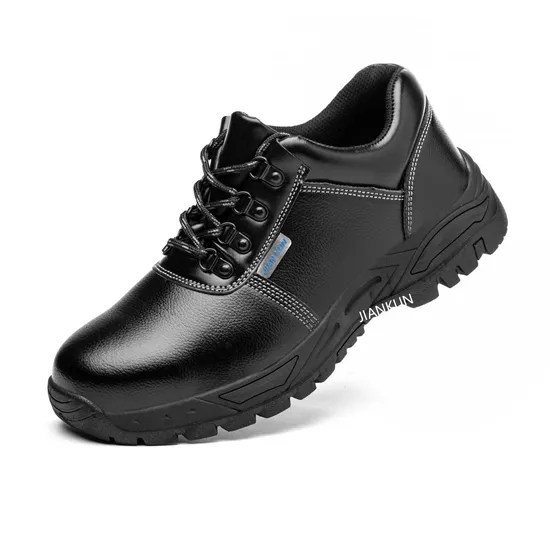
Step-by-Step Import Process
1. Supplier Selection & Quality Assurance
– Find Reliable Suppliers: Use platforms like Alibaba or Global Sources to connect with verified manufacturers. Prioritize suppliers with ISO 9001 (quality management) or OEKO-TEX certifications.
– Verify Compliance: Ensure products meet EU standards (e.g., REACH for chemical safety, CE marking for footwear with components like soles). Request samples to test durability and comfort.
– Negotiate Terms: Clarify MOQs (Minimum Order Quantities), pricing tiers, payment methods (e.g., LC or TT), and lead times (40–55 days for custom orders).
2. Compliance with EU/Austrian Regulations
– CE Marking: Mandatory for footwear with specific components (e.g., children’s shoes, sports footwear).
– Labeling: Labels must include German/Austrian text, EU size designation, material composition, and country of origin (“Made in China”).
– REACH Compliance: Ensure materials do not contain restricted substances (e.g., azo dyes, phthalates).
3. Shipping & Logistics
– Preferred Transport Modes:
– Sea Freight: Most cost-effective for bulk shipments (35–50 days via North Sea routes to Hamburg Port, Germany, then road to Austria).
– Rail Freight: Combine with sea routes (e.g., China-Europe rail to Vienna via Hungary) for faster transit (20–30 days).
– Air Freight: Ideal for high-value or urgent orders (5–7 days) but higher costs.
– Customs Clearance: Prepare invoices, packing lists, certificates of origin, and HS codes (e.g., 6403 for footwear with rubber/plastic soles). Partner with an Austrian freight forwarder to handle ZKV (Zollkammer Wien) procedures.
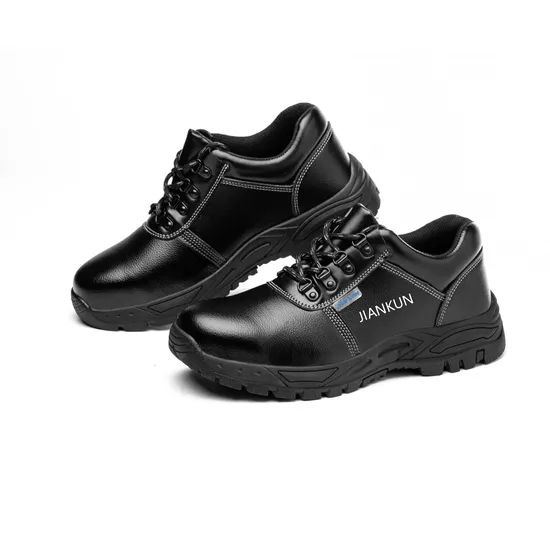
4. Tariffs & Taxation
– Import Duties: Austria applies EU-wide tariffs averaging 5–12% on footwear, depending on material (e.g., leather shoes face higher duties). Use Austria’s Customs Tariff Database for exact rates.
– VAT (MwSt): 20% standard rate applied to imports; input VAT can be reclaimed with proper documentation.
—
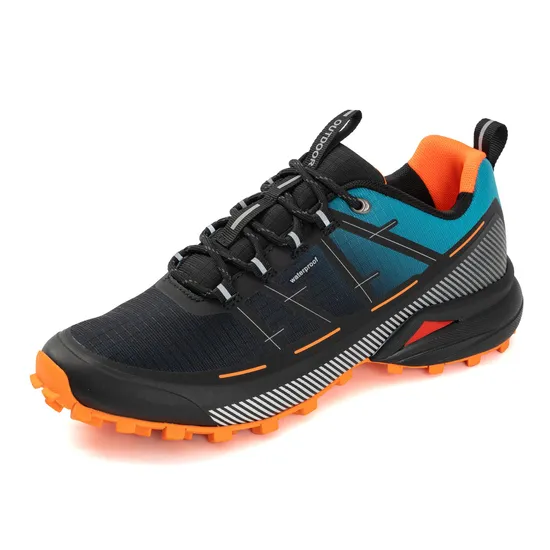
Key Challenges & Solutions
– Logistical Complexity: Austria’s landlocked location requires coordination with German or Hungarian ports. Partner with logistics providers specializing in Alpine regions.
– Language Barriers: Hire bilingual coordinators or use translation tools for contracts and labeling (German required for tags).
– Quality Control: Conduct pre-shipment inspections in China to avoid disputes over sizing or defects.
—
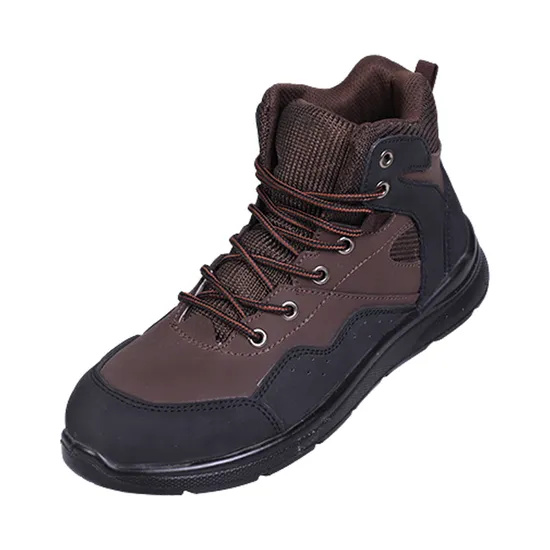
Market Insights & Trends
1. E-Commerce Growth: Platforms like Amazon Österreich and local retailers drive sales—optimize listings with keywords like “Herrenschuhe” (men’s shoes) or “Winterstiefel” (winter boots).
2. Sustainability Focus: 65% of Austrians prioritize eco-friendly brands. Highlight:
– Vegan leather or recycled materials.
– Carbon-neutral shipping options.
3. Seasonal Demand: Plan inventory around peak seasons (holiday sales in November–December, winter sports gear in December–February).
—
Maximizing Profitability
– Optimize Packaging: Lightweight, compact packaging reduces shipping costs.
– Monitor Exchange Rates: Lock in favorable EUR/CNY rates using forward contracts.
– Build Relationships: Negotiate long-term contracts for bulk discounts and priority production slots.
—
Conclusion
Importing shoes from China to Austria combines affordability with access to a premium, sustainability-driven market. By prioritizing compliance, eco-friendly practices, and strategic logistics, wholesale buyers and retailers can capitalize on Austria’s growing demand. Start by partnering with vetted suppliers and leveraging Austria’s expanding e-commerce platforms to scale efficiently.
Article link:https://www.vlefooena.com/manufacturer/3871/

No reply content